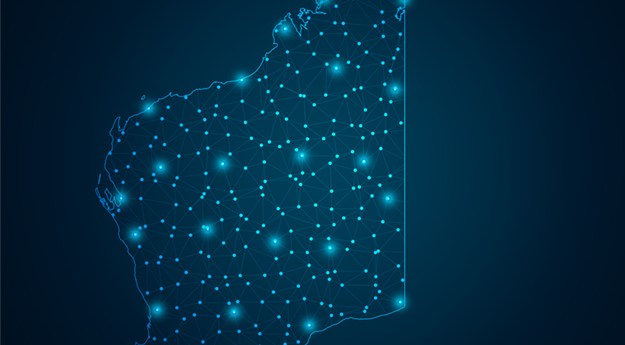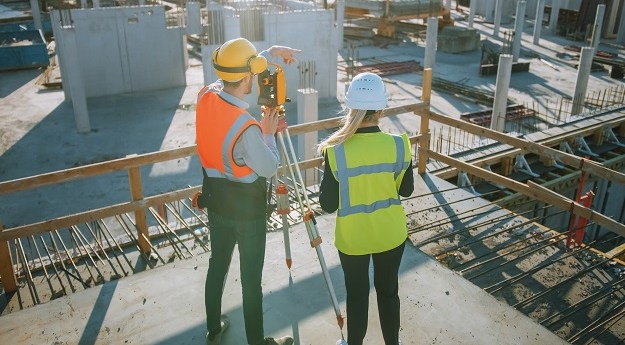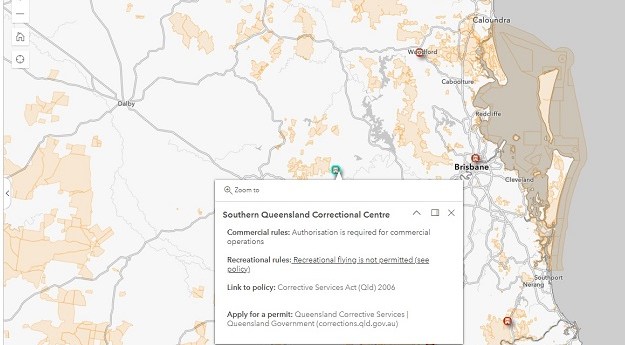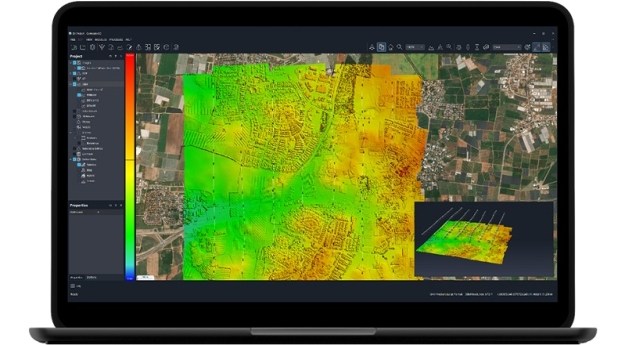
Position magazine’s final issue for 2020 reflects on a chaotic year.
Position magazine‘s December/January edition is on its way to the presses — the final edition in a year of massive disruption and uncertainty.
From a horrifying baptism of the Black summer bushfires, the ravages of the global Covid-19 pandemic and the jaw-dropping spectacle of an American president refusing to accept the results of an election — it’s been a year without precedent from many angles.
But despite the chaos of the year that’s been, the regional spatial community has simply adapted and forged ahead – and we round up some of the industry’s progress in this final issue of 2020, our annual directory edition.
Efforts at advancing reference frames and geodetic capacity in the region have been at full tilt, and we bring you reports from the Education Training and Capacity Building working group of the UN GGIM Subcommittee on Geodesy, and a comprehensive update from the GDA2020 Implementation Working Group.
We drill down into the rocky horizon of precisely locating underground assets with augmented reality with a most impressive case study from Vincent Tran and Dr. Craig Roberts from UNSW, and explore an ingenious project using TERN environmental monitoring data, machine learning and weather data to predict sap yields and honey harvests with remarkable accuracy.
We chat with Paul Digney, the new president of the Surveying & Spatial Institute, and sit down with Nearmap’s Tim Taylor about their work capturing evidence of devastation of the Black Summer bushfires and subsequent recovery.
Finally, our sought-after annual business directory brings you a who’s who of the regional industry.
Position is proud to be the only Australasia-wide independent publication for surveying and spatial sciences, supporting our community and industry through thick and thin.
To stay on top of the latest news, analysis, and strategic direction of our industry, please consider supporting the publication that supports you, and subscribe to Position.
t
Stay up to date by getting stories like this delivered to your mailbox.
Sign up to receive our free weekly Spatial Source newsletter.












